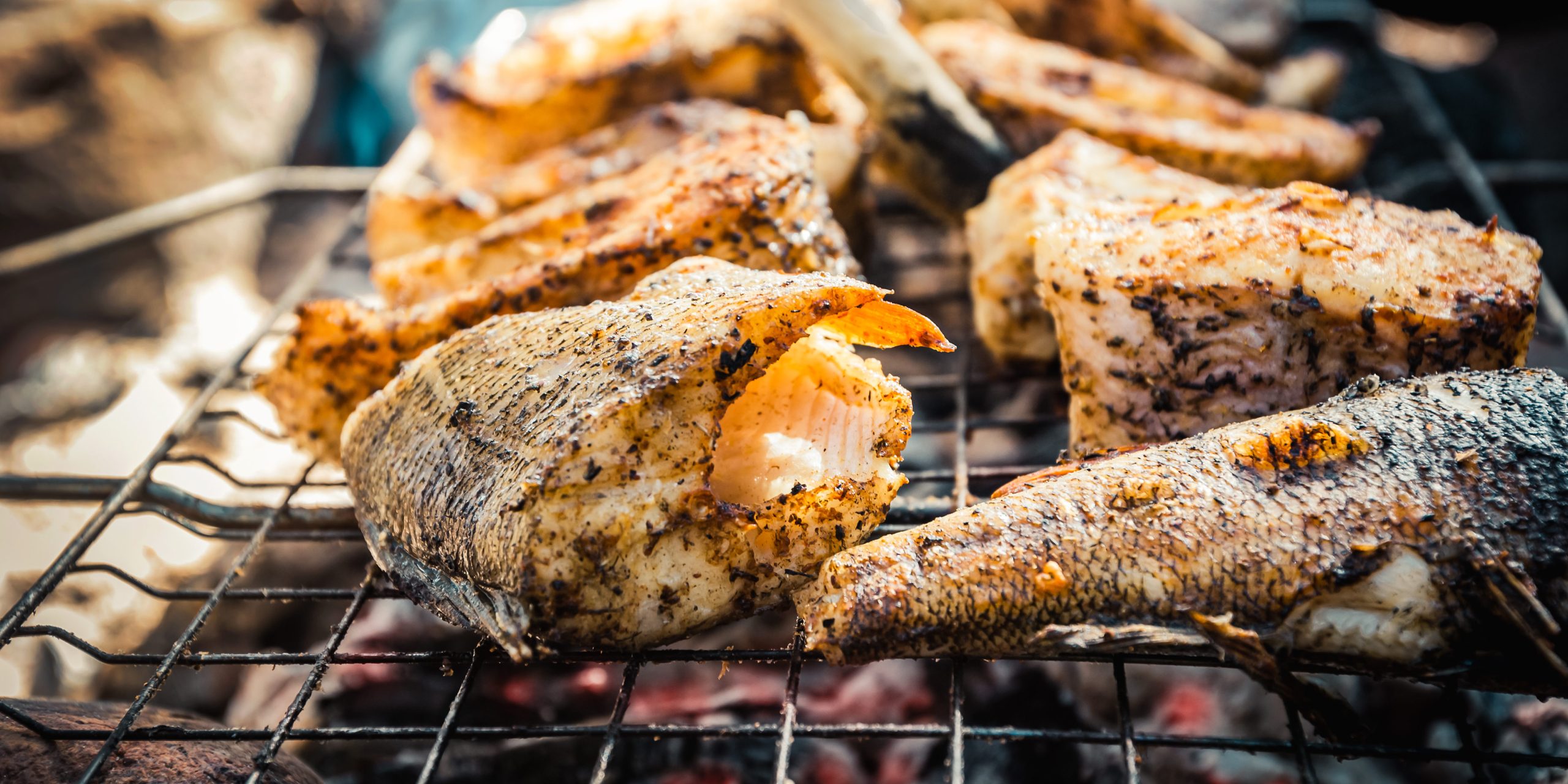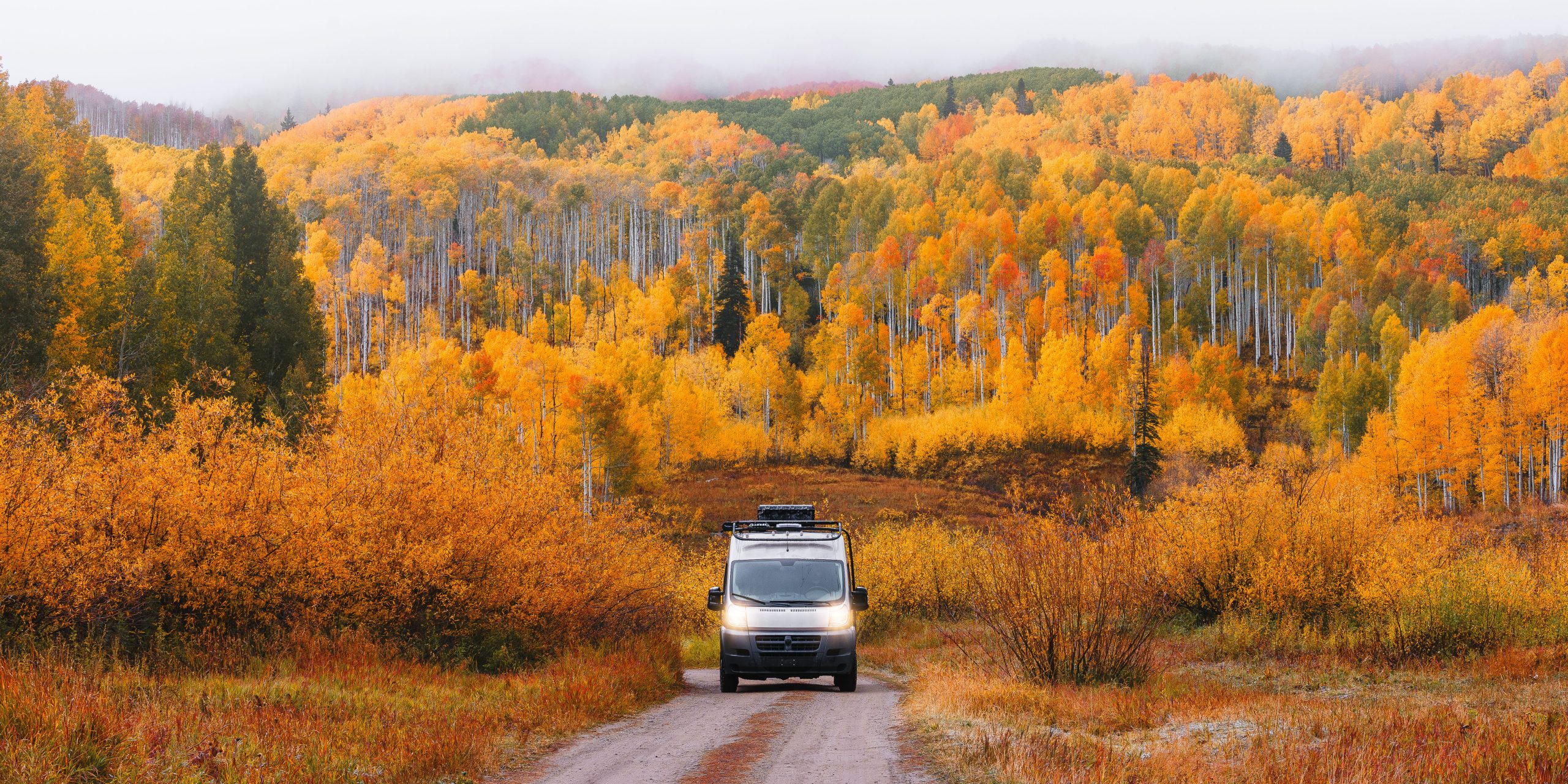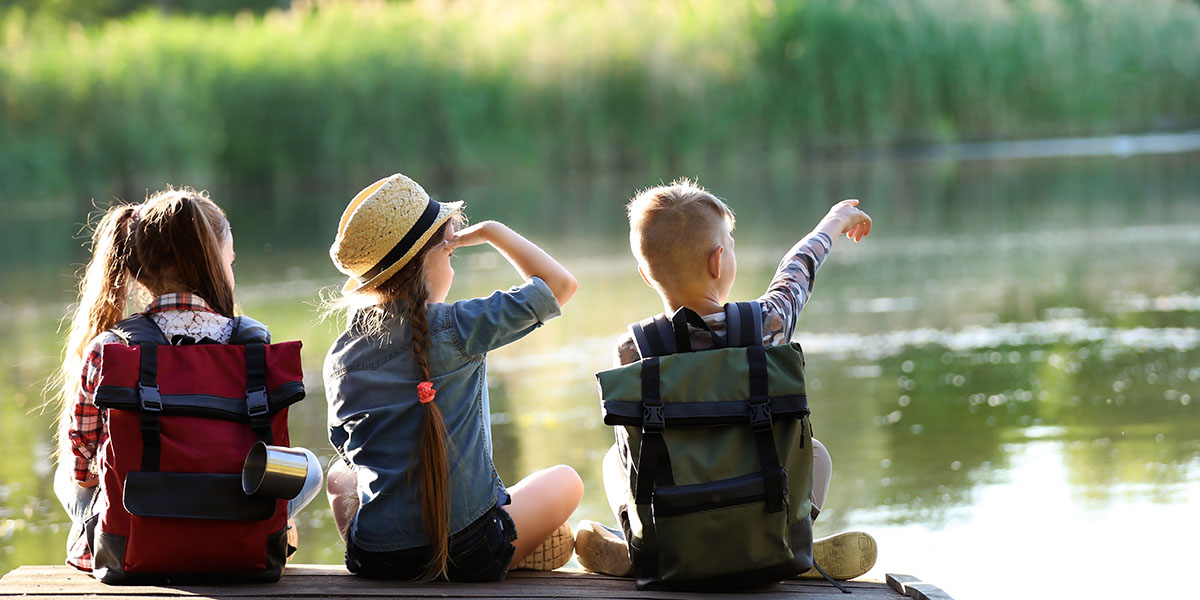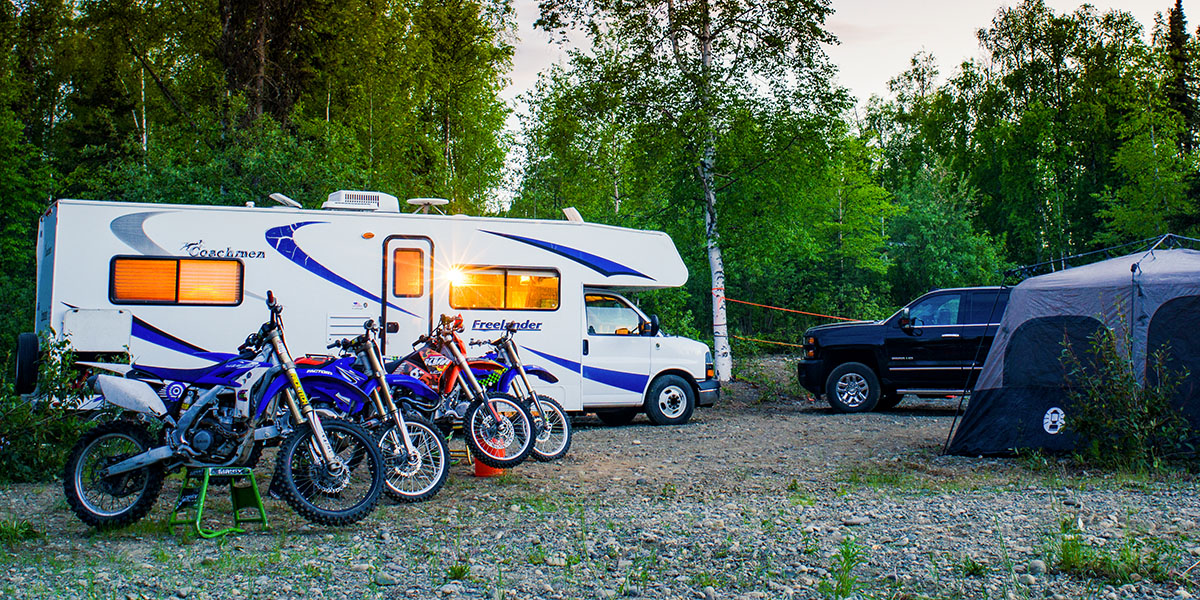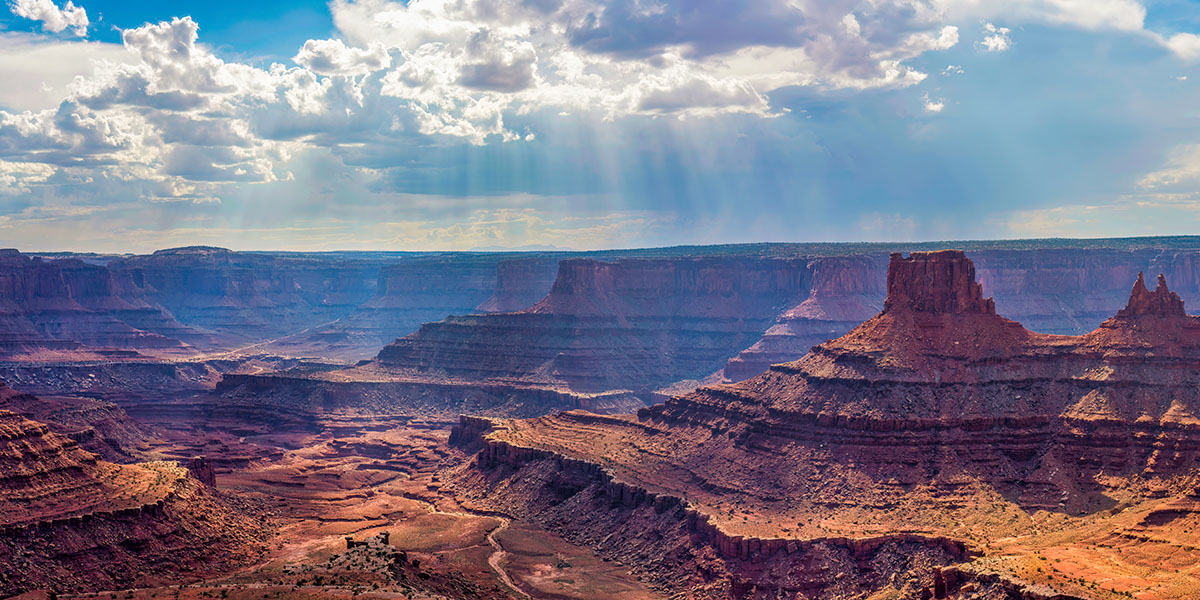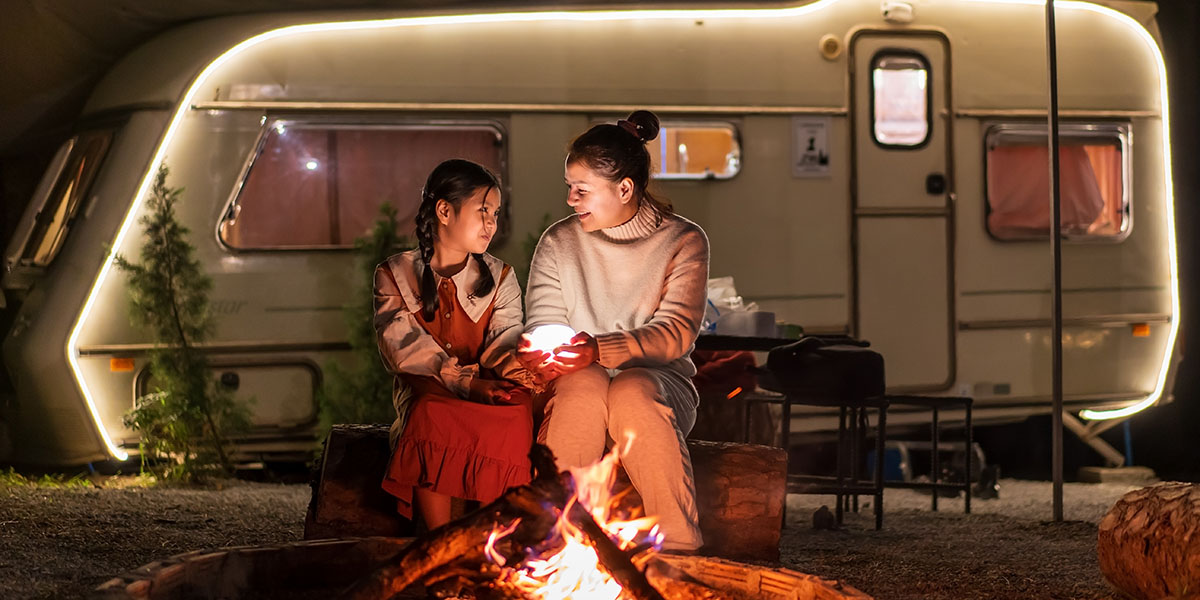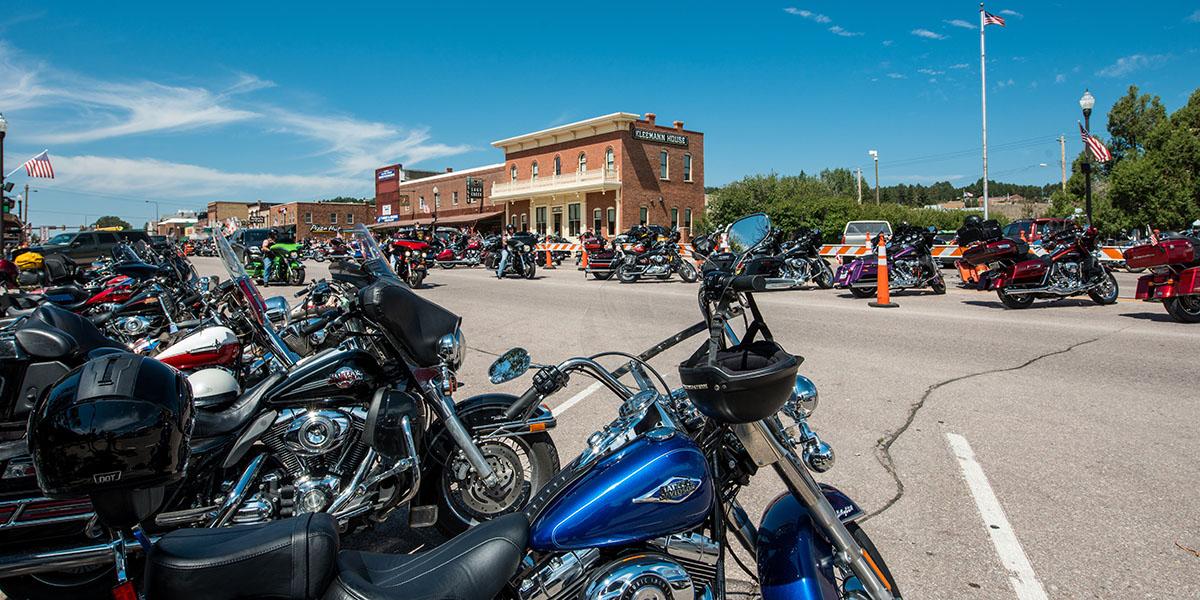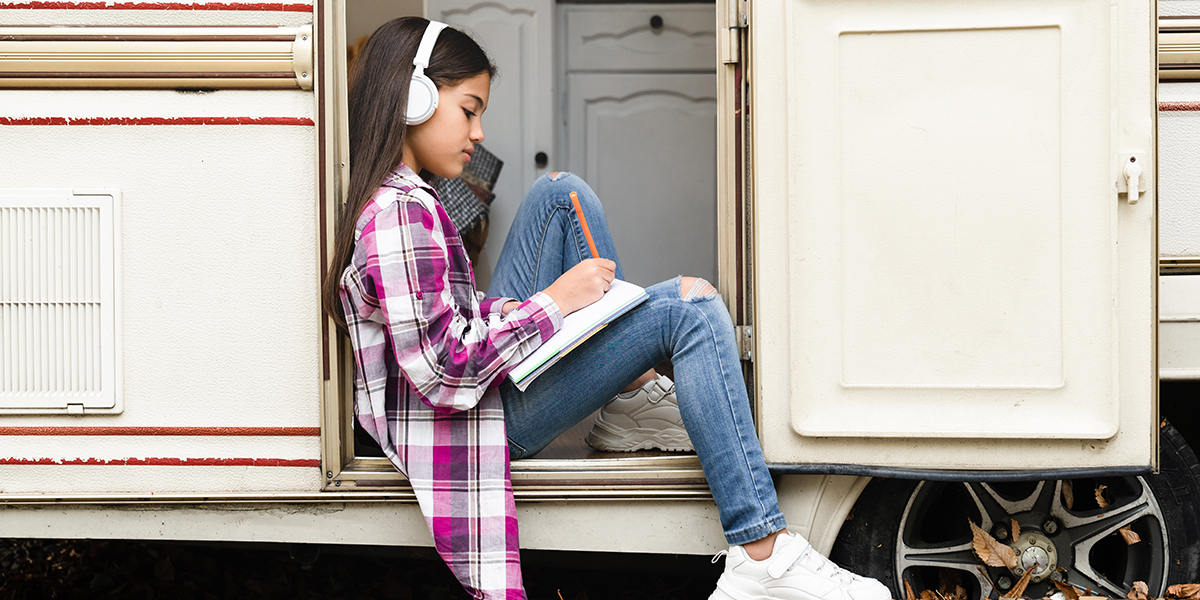In the camping trips of my youth, I would sit by the water for hours on end with a fishing pole in my hand. In those days, fishing was a long hard game of patience. Occasionally, my endurance paid off with a great big tug — my little red bobber making waves on the surface of a perfectly placid lake. That was the dream. It was always the biggest fish ever until … a little bluegill would finally break the surface of the water. Even so, the thrill was real. But as an adult now, the thrill of cooking the fish you catch (big or small) is an added bonus.
Nowadays, fishing is a lesson in culinary sport. Whether we are diving down for grouper hiding underneath coral heads, or hunting for lobsters in the Florida Keys, we know dinner is going to be a delight. And every minute we spend catching it, is another minute spent making lifelong memories. I remember lobster hunting along the iconic sea grass in Bahia Honda State park in Florida. A young hammerhead shark swam by and looked at me with one precarious eye as I scanned the murky waters for antennas. She was letting me know I wasn’t the only hunter on the scene. Those lobsters came out of the oven with the sweet aroma of a freshly caught meal, and a side of the-best-dinnertime-conversation ever. As it turns out, the best things in life are free. And fishing is undoubtedly one of the best things in life (although not always free).
Where We Do Our Fishing
A lot of what I’ll share about cooking the fish you catch is from a saltwater perspective (our family travels by sailboat and RV), but some principles (like cooking) also apply to freshwater fishing. But whether you’ve parked the RV by your favorite fishing hole, made an epic road trip to land your dream fish, or moored into a parking spot by the shore, there’s something for you here.
So, let’s dive into both parts, from the fishing line to the frying pan, so you can experience what cooking the fish you catch is like. (It’s incredible.)
Catching the Fish
There are so many rabbit holes to go down when it comes to bait and lures. I don’t claim to know the inner secrets of old, salty, seasoned seamen. But I do know that you don’t need a bait store or a fancy fishing lure to catch a tasty fish. The quickest and easiest (and freeest) way to catch fish is to feed them what they are already eating. Use a cast net to source your bait straight from the water where you will be getting your dinner.
Cast Netting
If you have ever thrown a cast net, you know, it’s easier said than done. And if you’ve ever caught your bait fish that way, you also know that it takes time and a little local knowledge to find them. But, after you’ve done it once or twice, the skills will follow you on all your fishing adventures to come. A cast net is a great tool to keep in your RV or Boat to source bait fish no matter where you find yourself.
Here’s a tutorial on how to throw a cast net. And after you watch this video, find a nice secluded place by the water where you can practice for an hour or two, alone. Why alone, you ask? Learning how to throw a cast net is the most awkward thing in the world. You may want to trudge through that muddy learning curve in solitude, just you and YouTube on the scene. Or, you could go the other way with that. If you find yourself pretty much anywhere along the Atlantic Coast, head to an inland waterway early in the morning, preferably when the tide is coming in, and you will see local fishermen casting their nets. Strike up a conversation! Ask for some pointers! There is so much knowledge to be gained from local fishermen, and so many colorful stories to be shared.
Finding the Bait
After you have mastered the art of the cast net. How do you find the bait? That part is easy. Head to an inland waterway. The IntraCoastal Waterway goes the entire distance from the Florida Keys all the way to New York, with countless rivers, tributaries, sounds and estuaries in between.
To find the bait, you just need to look for the telltale signs on the water. The surface of the water has a recognizable pattern when bait fish are swimming underneath. Once you see it a few times, you will start noticing it a mile away.
If you don’t know where to start, let nature give you some clues. Waterfowl are nature’s most skilled fisherman. Where you see egrets, green herons, blue herons, et cetera, you will likely find bait fish.
Finding the Fish
We have had the best luck finding fish around the mouth of creeks and cuts. We also pay attention to who else might be fishing the area. Birds are the best fish finders. The smaller waterfowl are fishing for bait fish, which means there are probably some bigger fish around taking bites. The same goes for dolphins. If there’s one thing I’ve noticed about inland waterways: Dolphins are always around. And they are usually doing exactly what you are doing: fishing.
Another important factor to find your fish: timing. Check the local tide charts. And if you are fishing along an inland waterway, make sure you are checking the tide of the river or inlet where you are fishing as it can be more than an hour ahead or behind the tide charted for a nearby beach. Understanding tide charts can be a rabbit hole of confusing data. But we have had the best luck with Navionics tide charts on our iPhones or chart plotter.
Cooking the Fish You Catch
These are the lessons where I learn the most. My husband and I and two kids lived on a boat for a year, and most of the time we were way off the grid, miles, even days from a grocery store. Fishing was more than just a past time. It was how we fed our family.
Cooking the fish you catch isn’t just a lesson in the kitchen, it’s a lesson on appreciating life. Food doesn’t come prepackaged and wrapped in plastic under halogen lights in a crowded grocery store isle. It came from a living thing. Fishing is a small reminder of that, and I think it adds more appreciation and flavor to the dinner table.
When we cook what we catch, there isn’t a scrap of food that is wasted.
Samples of Our Favorites Catches
Personally, cooking the fish you catch forces me to get out of my culinary comfort zone. When my husband comes back with his catch, there is no time to waste finding a recipe to fit the species. And if we are out of cell phone range, I have to conjure one up on the spot.
In the Caribbean, conch ceviche was without a doubt the most fun I’ve had cooking in the kitchen. I watched some locals shell the conch meat and got some great Bahamian tips on conch ceviche.
However, lobster bisque was the family’s vote on the best tasting meal. The key is to save the broth that you boil the lobsters in, and use it as your seafood stock.
And the grouper? Oh my! The grouper was so delicious it makes my mouth water just thinking about it. There are too many grouper recipes to share just one, so here are a few to chose from.
In the Florida Keys, we caught yellowtail snapper like it was no body’s business. Where you find one, you will find others! In my opinion, yellowtail snappers don’t need much to make a tasty meal, garlic and butter will do the trick!
And if the season is upon you, cubera snapper are a step up from the yellowtails in Florida.
Don’t Forget Your License!
The fishing pier in Cape Coral, Florida, is just a few blocks away from my dad’s house. I’ve been fishing there for years and have never seen a wildlife officer stop by. I explained all this to my husband as I convinced him that, no, we don’t actually need licenses to fish there because there’s never anyone checking.
About ten minutes after we started fishing on the pier, guess who saunters onto the dock: a wildlife officer. Of course.
My husband freaked out. He was about to throw his pole into the water and make a run for it. I grabbed his arm, and we took a deep breath, packed our things and left as quickly as we could walk without running.
In many states, fishing is a privilege, not a right. In Florida, if you are fishing on a boat without the proper license, they can confiscate your vessel. The U.S. Fish and Wildlife officers are well funded and serious about protecting our resources. Check the fishing requirements wherever you’re intending to go and make sure your fishing license is current, and applicable to the species of fish you are catching.
